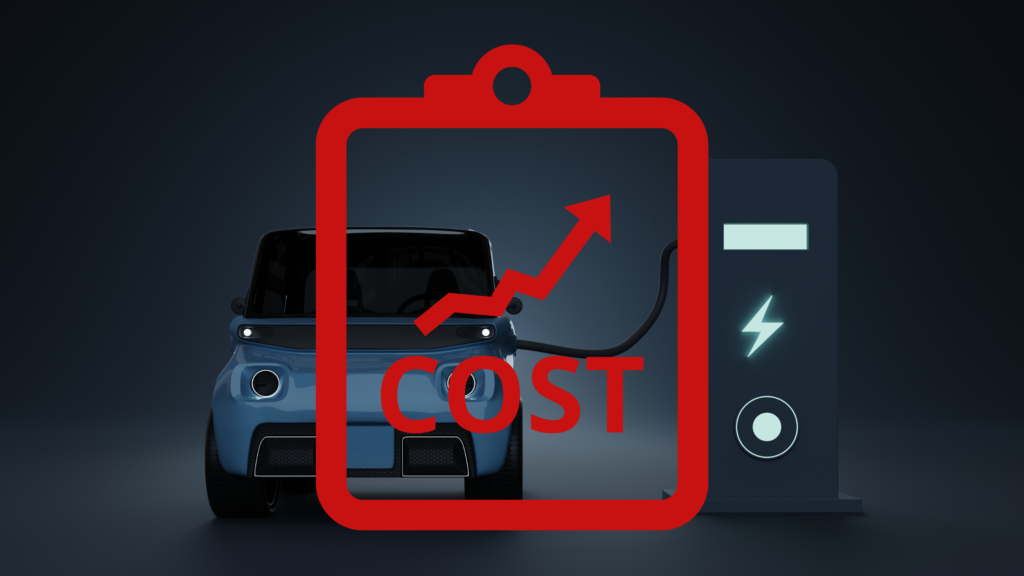Electric cars are often hailed as the future of transportation, but are they really the green solution we need? This blog delves into the environmental impact of lithium mining, the inefficiency of electric cars outside cities, and why bio-fuels and improved public transportation could be more effective alternatives.
The Environmental Toll of Lithium Mining
First things first, let’s talk about lithium. Lithium-ion batteries are the heart and soul of electric vehicles (EVs), but extracting this crucial component comes at a hefty price. Mining lithium is a resource-intensive process that wreaks havoc on the environment. It requires significant amounts of water—around 500,000 gallons per ton of lithium—and often leads to water shortages in already arid regions. Plus, the chemicals used in the extraction process can contaminate water supplies, posing risks to both local ecosystems and communities.
In countries like Chile, Argentina, and Bolivia—home to the so-called “lithium triangle“—the consequences are glaring. These areas are facing depleted water supplies, soil degradation, and loss of biodiversity. And it’s not just about the immediate environmental impact; the long-term effects can linger for decades, making it clear that lithium mining is far from sustainable.
Electric Cars: Efficient in Cities, Inefficient Elsewhere
Electric cars have their merits, particularly in densely populated urban areas where their zero-emission status can significantly reduce air pollution. However, outside large cities, their efficiency drops. Here are a few reasons why:
- Limited Range: Despite advancements, most electric cars still struggle with range limitations. Long-distance travel requires careful planning to locate charging stations, which are sparse in rural and suburban areas.
- Energy Consumption: Electric cars can be less efficient in areas with extreme temperatures. The energy required to heat or cool the vehicle can significantly drain the battery, reducing overall range and efficiency.
- Infrastructure Gaps: Rural areas often lack the necessary charging infrastructure, making EVs less practical compared to their gasoline counterparts.
The Case for Bio-Fuels and Public Transportation
Instead of placing all our bets on electric vehicles, why not look at more immediate and practical solutions like bio-fuels and improved public transportation?
Bio-Fuels: A Cleaner Alternative
Bio-fuels, derived from organic materials, present a cleaner alternative to fossil fuels. They produce fewer greenhouse gases and can be used in existing internal combustion engines with minimal modifications. Promoting bio-fuels can help reduce our carbon footprint without the massive infrastructure overhaul required for electric vehicles.
Improved Public Transportation: Efficient and Accessible
Investing in public transportation can yield significant environmental benefits. Efficient public transport systems reduce the number of individual cars on the road, cutting down on emissions and traffic congestion. Enhancing bus and train networks, making them more reliable and accessible, can encourage more people to leave their cars at home.
Electric Vehicles: Costly and Challenging to Maintain

Electric vehicles are not just expensive to buy; they’re also costly to maintain. The high upfront cost is a barrier for many potential buyers. Moreover, repairs can be pricey due to the specialised technology involved. Battery replacements, for instance, can cost thousands.
Additionally, EVs pose a recycling challenge. The batteries contain hazardous materials that are difficult to recycle safely. Current recycling processes are not only expensive but also energy-intensive, further diminishing the environmental benefits of electric cars.
Focus on Practical, Incremental Changes
In the quest for a sustainable future, we need to prioritise practical, incremental changes over silver-bullet solutions that might cause more harm than good. Here’s why:
- Realistic Goals: Incremental improvements in fuel efficiency, emissions standards, and alternative fuels can deliver tangible benefits without the massive disruptions associated with a complete shift to electric vehicles.
- Sustainability: Enhancing what we already have—like making internal combustion engines more efficient and reducing their emissions—can be more sustainable in the long run.
- Accessibility: Improvements in public transportation and the adoption of bio-fuels are more accessible and can benefit a larger portion of the population.
A Balanced Approach for a Sustainable Future
Electric cars undoubtedly have a role to play in our transition to greener transportation. However, it’s crucial to acknowledge the environmental costs of lithium mining and the limitations of EVs outside urban areas. By focusing on bio-fuels, enhancing public transportation, and making incremental improvements to existing technologies, we can take meaningful steps toward sustainability without causing further environmental damage. Make what we have work first!


Leave a Reply